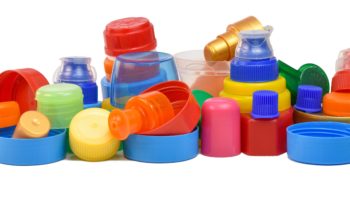By Barbara Bredell-Searle
The words, “It is time to clean up,” are used daily in many classrooms throughout all types of Pennsylvania child care programs, yet teachers still have difficulty getting the children to CLEAN UP.
One must wonder, is it because the children are having so much fun that they don’t want to stop? Are there other reasons? Let’s take a look of some possible reasons why clean-up time may be a little difficult in your classroom setting.
- Are children given enough time to prepare for clean-up time?
Children need a reasonable amount of time to prepare for the next activity. In many programs, teachers give children a “5-minute warning” for clean-up time, but within two minutes, the teacher is either turning off the lights or ringing the bell to inform the children that it is clean-up time.
Children need an appropriate amount of time to meet the clean-up time expectations. There may be some children who need longer than that “5-minute warning” and others who do not handle transitions well. Those children may need a subtle warning for what is coming next even before the group is given the warning.
- Are there homes for all of the materials in the classroom?
Classrooms are similar to grocery stores. When going to the local grocery store to find items for dinner, one can walk up and down the aisles and know where to find the milk, meat, juices, and paper towels. The aisles are labeled, making it easy find the item that one needs or put back an unwanted item. Similar items are also grouped together.
Therefore, just like the grocery store, each area in the classroom should be labeled, as well as the bins or shelves, where the items live. Providing a photograph and name of the item is helpful and makes clean-up time easier for the children as they match the material/toy with the pictures on the shelf or on the bin.
- Are teachers helping/directing clean-up time?
When children are new to the classroom, they may not know what clean-up time is or where items belong (even if they are labeled). Maybe they have a short attention span and wander off during those clean-up times. That is where the teacher comes in. The teacher is responsible to for helping children learn to clean up and to ensure that children are involved in the clean-up process
- Is clean-up time fun?
Children enjoy playing with materials in the classroom especially when they are inviting and interesting, but when it comes to cleaning up, it may not be as much fun as playing. Therefore, clean-up time may feel like a chore…unless it’s fun. Find ways to make clean-up time as enjoyable as play time:
- Put on the fun music and invite children to clean up before the music ends.
- Have a friendly competition between teachers and children to see who can clean up faster.
- Have a clean-up time inspector for each area to give the area an A+ once clean-up has finished.
- Let a few children take charge of being the “Teacher” with your help to involve them more in clean-up time.
- Singing and dancing during clean-up won’t hurt either. Just make it fun (think outside the box).
Take some time to ponder the ideas provided above and come up with other ideas to get children to clean up when it is time. Remember, children need the teachers to be part of clean-up time to see how it is done.
“Children are great imitators. So give them something great to imitate.”
— Anonymous




